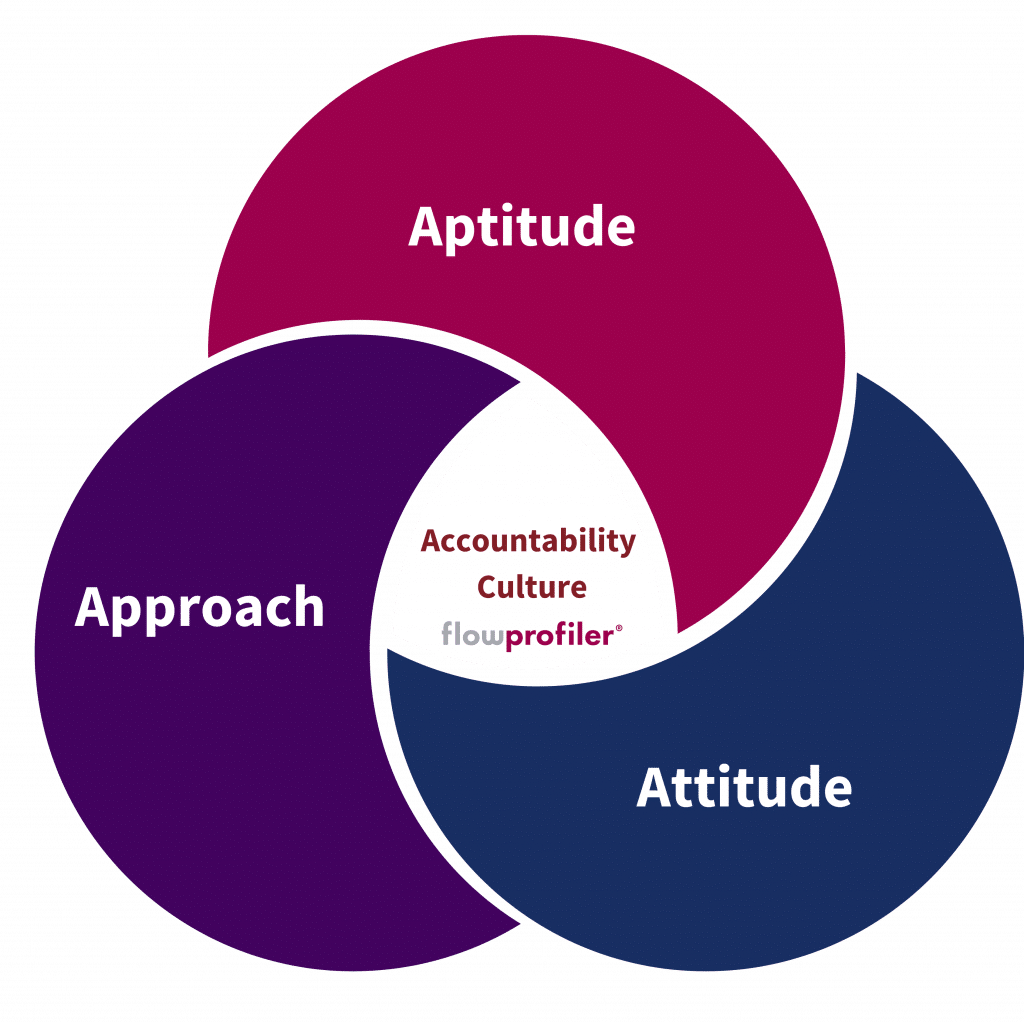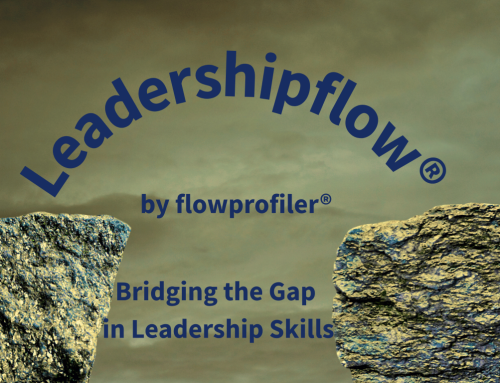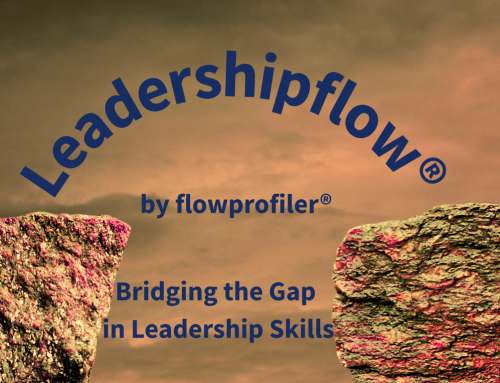Leadership is often discussed in broad terms, but a critical distinction exists between strategic leadership and tactical leadership.
While both play essential roles in an organisation, many leaders struggle to balance the two, often sacrificing strategic thinking for the immediate demands of daily operations. Over time, this short-term focus can hinder long-term success, creating a culture of firefighting instead of forward planning.
In this article, we explore the importance of distinguishing between strategic and tactical leadership, the risks of short-termism, and how flowprofiler®’s Leadership in Flow pathway fosters a culture of leadership accountability and capability development.
Understanding the Difference: Strategic vs Tactical Leadership
Both strategic and tactical leadership exist in every leadership role to some extent. However, their primary differences lie in scope, timeframe, and focus:
Strategic Leadership:
- Focuses on the bigger picture, shaping long-term direction, organisational vision, and sustainable growth.
- Operates on a longer time horizon, often years or decades.
- Makes high-level decisions about market positioning, innovation, and company-wide transformation.
- Requires big-picture thinking, adaptability, and change management skills.
Tactical Leadership:
- Concerned with day-to-day operations, ensuring strategic goals are executed effectively.
- Works within a shorter timeframe, typically weeks or months.
- Focuses on task execution, resource allocation, and operational efficiency.
- Requires practical problem-solving, process management, and team coordination skills.
Both are essential for a business to thrive, yet leaders often get trapped in tactical leadership, focusing on execution at the expense of long-term planning.
The Pitfall of Short-Termism: Why Leaders Struggle to Focus on Strategy
Many leaders naturally default to tactical leadership for a variety of reasons:
1. Resourcing issues such as covering shifts, plugging recruitment gaps, or stepping in during organisational transitions.
2. Responding to short-term business pressures, such as cost control or staffing shortages.
3. Falling into their comfort zone, particularly for leaders who have come from a technical background of which they hold a passion for that specialisation.
4. Lack of leadership development that equips them to shift into a strategic mindset.
While these reasons may be valid, excessive focus on the immediate at the expense of the future can create long-term risks for an organisation:
1. Lack of vision: The company drifts without a clear strategic direction.
2. Inefficient resource use: Leaders spend time solving immediate problems rather than preventing them.
3. Reduced value: The organisation suffers when strategic leaders are pulled into tactical work often missing out on the value the leader brings in driving organisational goals.
4. Employee disengagement: Teams struggle to connect daily work to broader goals, leading to disengagement.
5. Missed opportunities: Market trends shift, but the organisation is too focused on survival to capitalise on them.
flowprofiler®’s Leadership in Flow Pathway: A Framework for Sustainable Leadership Development
To bridge the gap between strategy and execution, leaders need structured development that encourages them to step out of the tactical and into the strategic. flowprofiler®’s Leadership in Flow pathway provides a unique advantage.
Discovery Phase: Building a Leadership Strategy Based on Real Needs
The pathway begins with discovery, ensuring that leadership development aligns directly with organisational objectives and stakeholder expectations. This process includes:
- Understanding organisational objectives: Examining what the Board, CEO, or Shareholders want to achieve.
- 1:1 conversations with every leader: Identifying capability gaps, challenges, and blockers.
- Applying flowprofiler®’s Triple A Framework: Assessing aptitude, attitude, and approach to determine where support is needed.

This process ensures that the leadership pathway is customised, and not a generic programme that may not drive or align with organisational goals.
A Tailored Leadership Development Experience
Each Leadership in Flow pathway is different, but it typically includes:
- Short courses & workshops: Developing core leadership capabilities.
- Coaching & 1:1 high-impact capability sessions: Personalised support for each leader.
- SkillSprints™: Task-based mini projects between sessions to reinforce learning.
- Peer-to-peer feedback: Encouraging reflection and shared learning.
- Strategic cadence: Sessions are delivered over time to ensure continuous development, rather than a ‘one-off’ event.
The Impact: Leadership That Embeds Accountability and Drives Business Success
By embedding leadership development into the organisation’s rhythm, this pathway ensures:
- Increased leadership accountability: Leaders take ownership of both strategic thinking and tactical execution.
- Greater organisational alignment: Leadership development is directly linked to business goals.
- Higher ROI on leadership training: Continuous learning drives long-term behavioural change.
- Stronger leadership pipelines: Reducing over-reliance on external hires by developing leaders internally.
- Improved decision-making: Leaders balance long-term vision with immediate execution more effectively.
Many organisations struggle with leadership that is too focused on execution and not focused enough on strategy. By helping leaders recognise this imbalance, the Leadership in Flow pathway equips them with the skills, mindset, and tools to transition seamlessly between strategic and tactical leadership.
The result? A leadership culture that drives business success, fosters accountability, and positions the organisation for long-term resilience.
Are your leaders ready to move beyond firefighting and into strategic leadership? Reach out to us at hello@flowprofiler.com.




